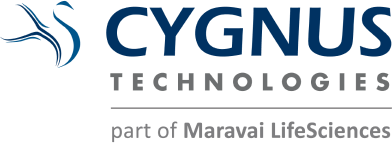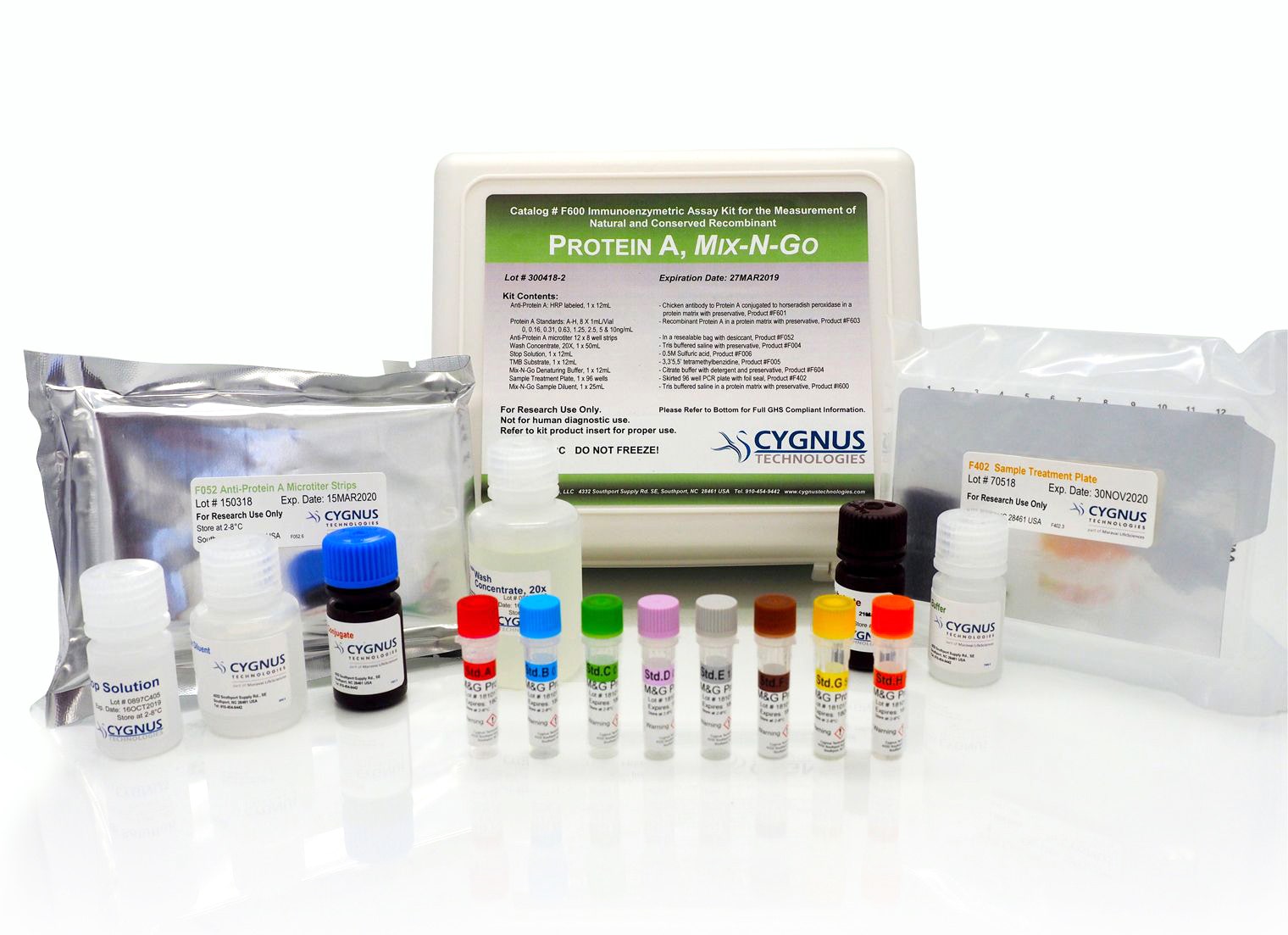We manufacture our kits for lot-to-lot consistency and restrict and evaluate changes in any components or procedures that could impact accuracy in the customers' laboratory. However, for generic kits, Cygnus performs QC on a limited range of parameters that may or may not be sensitive to your product specific issues. The routine run-to-run quality control of ELISA is best accomplished by assaying control samples across the important analytical range of the assay. We recommend 2 to 3 controls, a low control in the range of about 2 to 4 times the assay Limit of Quantitation (LOQ), a medium control, and a high control. Ideally, these controls should be made using your source of analyte (e.g. HCPs from your process). Furthermore, the controls should be in the same matrix as your critical samples or after dilution to MRD for your final drug substance. By using your source of analyte in your sample matrices, you will be best able to identify any problems within the run or between runs and kit lots. Cygnus offers Control Sets for several ELISA kits including; CHO, HEK, E.coli, PG13, and Protein A. For more information on Control Sets or advice on how to make and establish controls specific to your needs please contact technical support.
Use of laboratory-specific controls is the only way to assure total quality control of the assay for your needs. Controls should be made in bulk, aliquoted for single use, and frozen at -80°C until stability studies indicate some other storage conditions are adequate. Once you have statistically established a range for these samples, they will become your most sensitive and specific tool to assure quality control of the assay. Do not rely on curve fit parameters as quality control specifications in the absence of true analyte controls. Curve fit parameters such as R square, slope, y-intercept, and upper and lower asymptotes are not sensitive or specific enough to reliably detect assay problems. Use of such parameters in the absence of true analyte controls, will frequently yield erroneous results. Contact our Technical Services Department for advice on how to make and establish controls specific to your needs.
Numbers of Replicates - When precision is very good (average replicate %CV on ODs are less than 5%) we feel duplicate analysis is adequate and the most effective approach. In the case of duplicate analysis, we do not allow for editing of any apparent outliers since there is no statistical basis for establishing which of the duplicates is inappropriate. Thus, in duplicate analysis we suggest repeating any sample that yields a %CV greater than 20%.
















